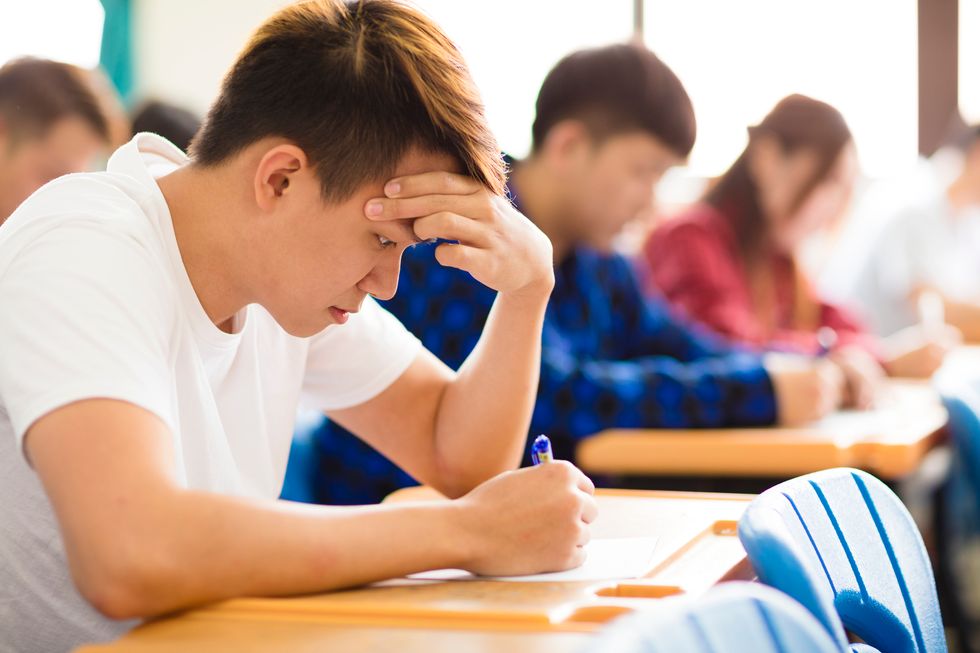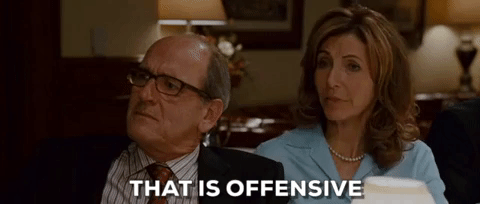It is almost impossible to function or contribute to the development of society without education. That is why it is pivotal that the education experience is cultivated so that students can maximize their potential. Too many learners have learning challenges that prevent them from pursuing a course of study that is more suited to their aptitude. As such, teachers have to employ better strategies to motivate the learner through a more creative methodological approach. It would be a mistake to think that creativity can simply be relegated to the pursuits of music and art in education, but should more so be employed to how the lessons are presented to the learner. Students always visit this site to increase their knowledge or find an essay for college.
Definition of Terms
Merriam Webster dictionary states that education is “the process of receiving or giving systematic instruction.” It is “the process by which an individual is encouraged and enabled to fully develop his or her potential; it may also serve the purpose of equipping the individual with what is necessary to be a productive member of society. Through teaching and learning the individual acquires and develops knowledge and skills; which are utilized by the individual throughout life-long activities.” Education is preparation for some worthy activity.In terms of creativity, it is a ‘quality of creative’; Merriam Webster dictionary states that being creative means “to have the power to create, rather than to imitate.”
Theorists on Education
Plato should be acknowledged because he developed a standardized approach to education. It was he who visualized the idea of training young children formally. This would allow for all to be on the same level. Plato was also the first to envisage the initiative of ‘lifelong learning’ and understood that “children should enter school at six where they first learn the three Rs (reading, writing and counting) and then engage with music and sports. John Dewey is also thought to be a respecteddidactic realist; he believed that education was a practiceused to advance the human condition. He believed that schools werededicated atmospheres that correspond with the societal environment. Within the educational curriculum a person’s experiences and interest are explored which prepares him for the future and life’s affairs.
Challenges in the Classroom
Teachers are faced with diverse teaching situations every day; some of these are easier to manage, but teachers need added techniques to resolve some scenarios. One of the more challenging instances will arise when you have to persuade a learner to do something that they have no desire, at that moment, to do. This is where motivation techniques will be beneficial.Motivation is something that energizes, directs and sustains behavior; it gets students moving, points them in a particular direction and keeps them going (Fredricks, Blumenfeld & Paris, 2004). For these reasons, teachers must learn how to appropriately stimulate the interests of their pupils. Keep in mind that one creative strategy might work for some students. The key is to diversify. Observe your students and interact with them; in this manner you will learn how to incite a response from your students and how best to motivate them continuously.
Learning Styles
Using a variety of creative teaching strategies ensures that the lesson is geared towards most if not all of the learning styles. To better understand which creative technique to implement in a classroom setting, you have to first understand learning styles; below is a list of learning styles, which every teacher should be aware of and design their lessons to accommodate.
- Solitary learners that have a preference for self-study.
- Social learners do not mind working in groups.
- Physical learners or kinesthetic learners are those who have a preference for engaging the learning process through physical touch.
- Visual learners engage learning through what they see, so use images.
- Aural learners or auditory pupils like to learn by the use of sounds or music.
- Logical learners are highly logical and are always reasoning out problems.
- Verbal learners like to learn by speaking or writing.
These learning styles should then be complemented by facilitative teaching activities which support student participation and allows them to gain mastery in every subject.


























